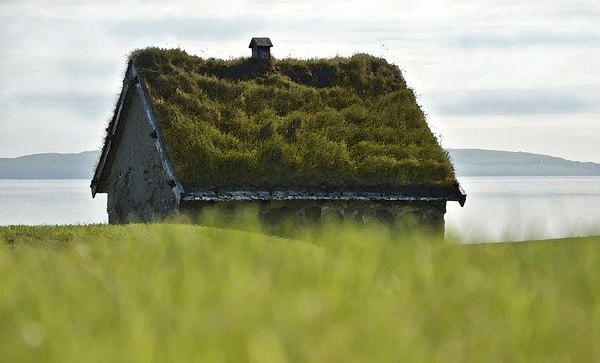History of Roofing Construction
Introduction
It may be defined as the uppermost part of the building, provided as a structural covering, to protect the building from weather. Structurally, a roof is constructed in the same way as an upper floor, though the shape of its upper surface may be different. The roof consists of structural elements that support the roof is the roof covering. The roof coverings may be A.C. sheets, G.I. sheets, wooden shingles, tiles, slab itself.
Requirements Of a Roof
- It should be durable against the adverse effects of various agencies such as wind, rain, sun, etc.
- It should grant the desirable insulation against sound and heat.
- It should be structurally stable and sound, it should be capable of taking the loads likely to come over it.
- It should be well-drained.
- It should have an efficient water-proofing arrangement.
Roofs Are Important Because
- It provides protection from the weather.
- It helps in reducing the heat loss from a building.
- It helps to keep the interior building cool.
- They are designed to accommodate stresses.
- They are designed to withstand movements from temperatures.
- It provides lateral restraint & stability to walls around.
- It resists penetration & spreading of fire.
History Of Roofing Construction
Until the 12th century that the history of roofing was changed under King John when he issued a law in London that citizens had to replace their thatch and reed roof-coverings and replace them with clay tiles.
Dreadnought clay tiles began production in 1805 and industrial roofing at that time had little insulation but a good slope for rainwater and other debris. One hundred years after that, concrete tile roofing was first utilized.
While the history of roofing began to evolve in the southern parts of the United States, wood and metal were more widely used. Even to this day, roofing styles are still based around wood and metal, It is hard to predict the future of the roofing industry and what technology can shape for the future, but for certain, the history of roofing has evolved and will continue to evolve forever.
The history of roofing has come an extremely long way. Man has utilized various natural resources throughout history to create the environmentally safe, effective roofing of today. From wood, mud, and straw, to tiling, shingles, and beyond.
As one can imagine, a roof can only be as good as the materials readily available, so every civilization had varying methods, tools, and materials for creating their respective roofs.
Although most of the growth within the roofing industry has been within the last 200 years, the complete history of roofing starts much earlier than that.
The Greeks and Romans were the first to experiment with differing roofing styles. The Romans introduced slating and tiling to Great Britain as early as 100 BC. Thatch roofs were introduced and implemented around the year 735 AD and it wouldn't be for another 300 years until wooden shingles were first implemented as well.
